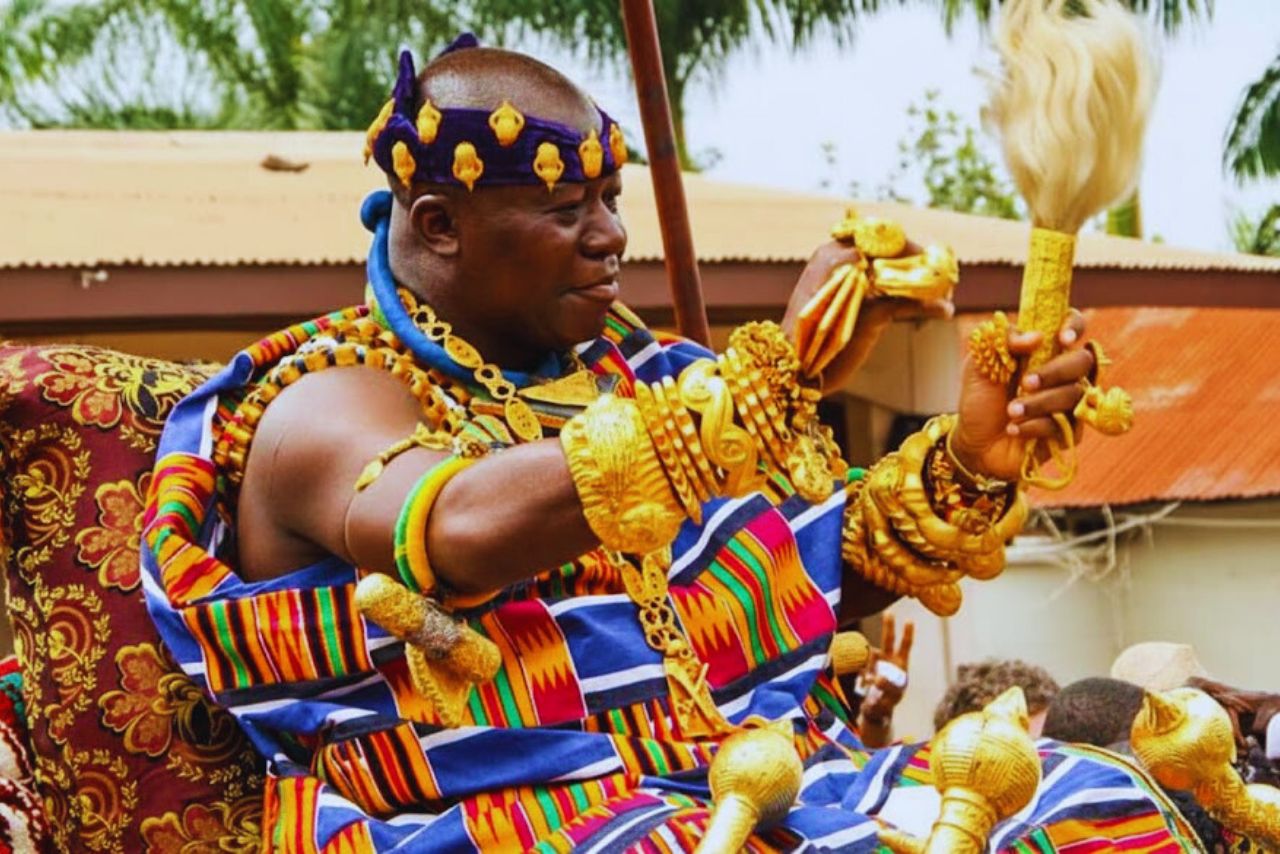Kumasi is the capital of both the Ashanti Region and the historic Ashanti Kingdom in southern Ghana.
The city’s story dates back to the early 1700s, when the legendary priest, Okomfo Anokye and his close ally, King Osei Tutu, founded the powerful Ashanti Kingdom.
From that moment, Kumasi became the royal heart of a rich and organized monarchy that ruled much of West Africa.
The city and its surrounding suburbs soon flourished with artisans, gold traders, and skilled craftsmen, shaping a culture known for beauty, pride, and craftsmanship.
By 1980, the Ashanti Traditional Buildings, including royal shrines and ancestral houses, were added to the UNESCO World Heritage List as rare examples of a unique architectural style.
This recognition sealed Kumasi’s status as a living museum of heritage and tradition.
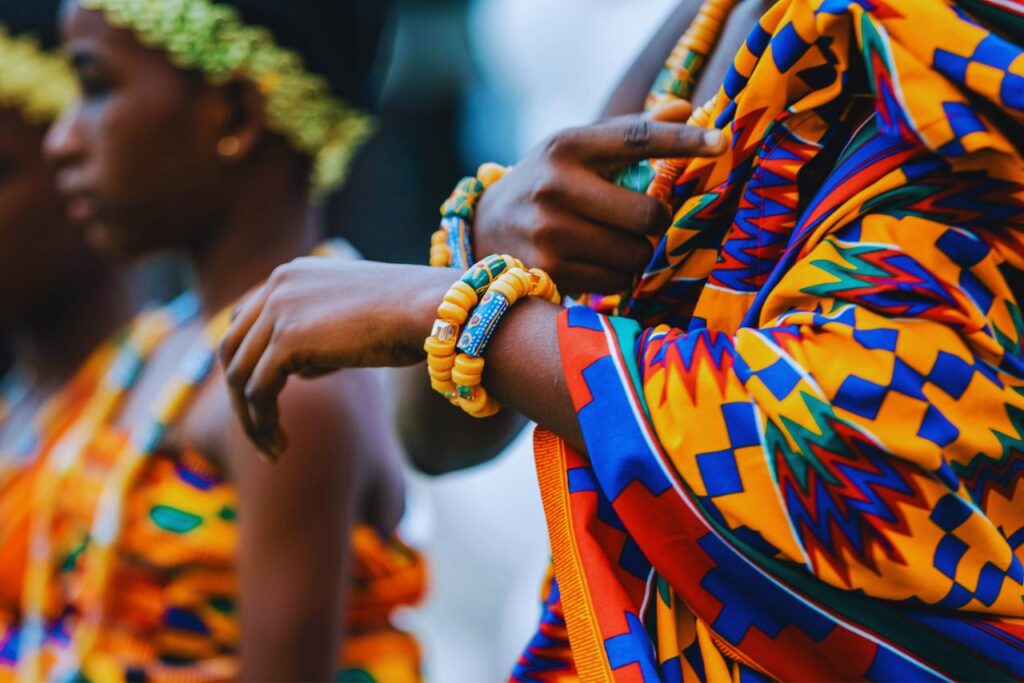
Photo source: ancient-origins
Today, Kumasi still calls you with its stories, colors, and energy.
When you walk its streets, you’ll feel the pulse of the old kingdom still alive, with palaces, crafts, trade, and customs blending perfectly with modern life.
Visiting Kumasi means standing where kings once stood, watching artisans at work, and tasting food made with history in every bite.
If you’ve been longing for a journey that awakens your curiosity and fills your heart, Kumasi is ready to welcome you.
Manhyia Palace Museum
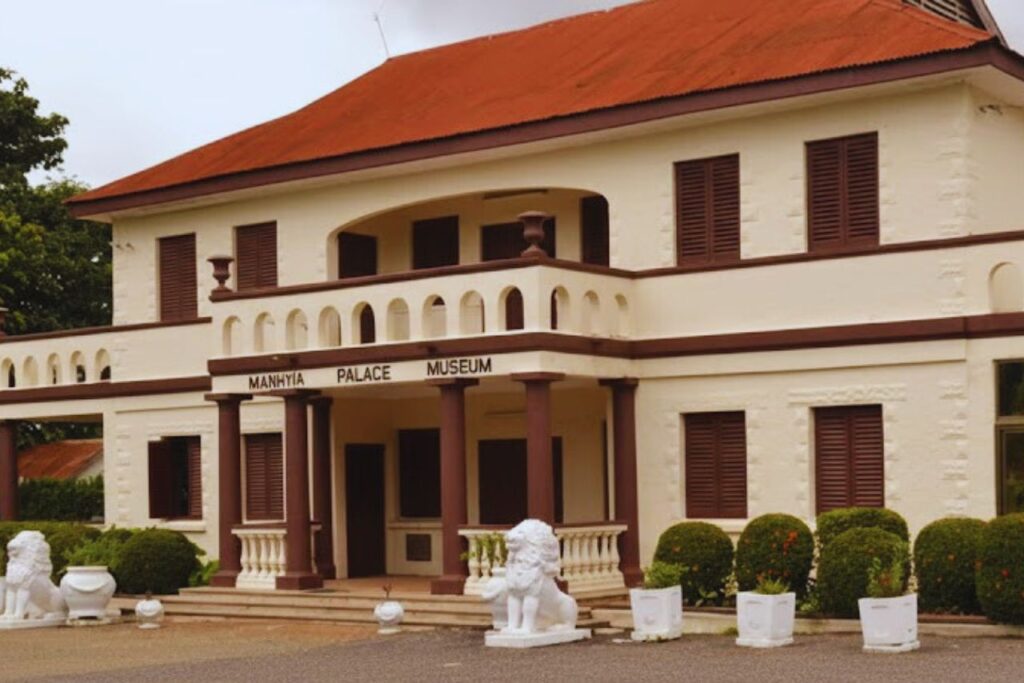
Kumasi is the seat of the Ashanti Kingdom, a powerful West African state whose legacy still shapes the region.
When you visit the Manhyia Palace Museum, you’ll walk into rooms filled with artifacts, royal slippers, stools and richly decorated cloths.
Built inside the palace of the Asantehene (the king), the museum offers a window into centuries of Ashanti rule, culture and spirit.
Just beyond the palace walls lies the story of the revered Golden Stool, a spiritual symbol and seat of unity for the Ashanti people.
According to tradition, this stool holds the soul of the nation.
A guided tour helps you understand its meaning, how it resisted colonial seizure, and why today it remains central to Ashanti identity.
It’s affordable too; entry to the museum is modest for foreigners and the experience is priceless.
READ ALSO: Cultural Festivals in West Africa
Kejetia Market
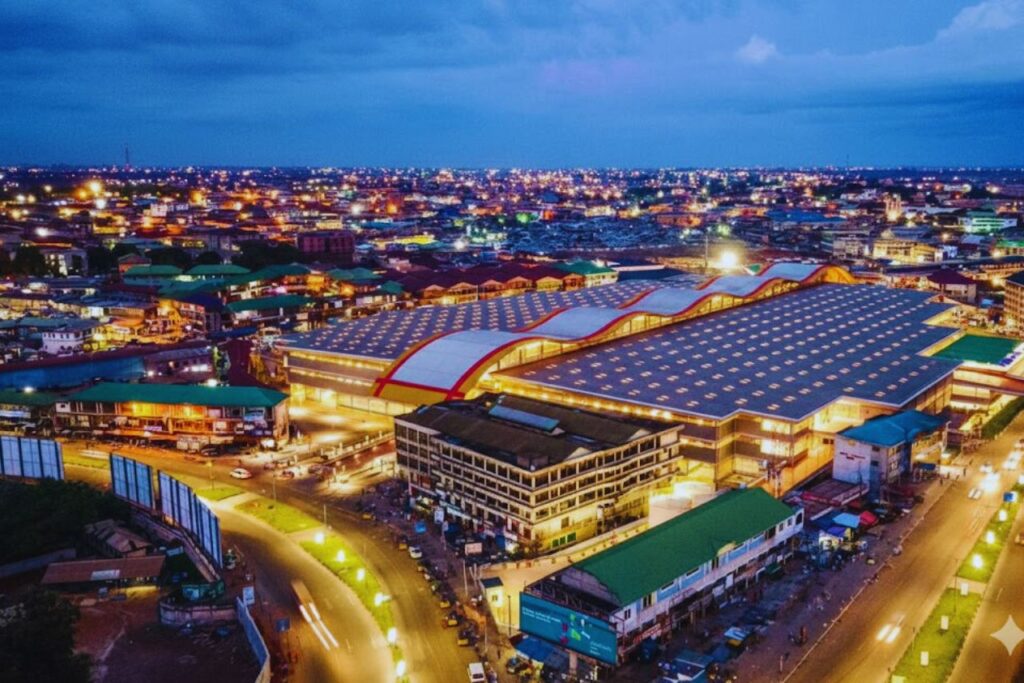
Photo source: Untold Ghanaian Stories
Nothing beats the vibrant bustle of the Kejetia Market in Kumasi.
Known as one of the largest open-air markets in West Africa, it features thousands of stalls where kente cloth, beads, carved stools, spices and fresh produce change hands daily.
You’ll wander past dyed fabrics blushing in the sun, artisans twisting looms, and vendors offering local dishes at small stalls.
It’s affordable: the trick is to bargain politely and walk with purpose.
For a real treat, buy a length of genuine kente cloth from the loom in a nearby craft town (prices may range depending on pattern and quality).
Here the city’s beat is powered by commerce, and you become part of that beat, eyes open, senses alive.
Ashanti Craft Towns

Photo source: veganworldtrekker
Just outside Kumasi you’ll find craft towns that extend the market story into the workshop.
Kente weaving at Bonwire
Bonwire is located in the Ejisu-Juaben Municipal district of the Ashanti Region.
It is historically known as the primary source of the royal Kente cloth for the Asantehene (Ashanti King).
Pottery at Pankronu, Wood carving at Ahwiaa, Adinkra clothing making at Ntonsu
These villages (Pankronu, Ahwiaa, and Ntonsu) are all in the Kwabre East District, near Kumasi, which is part of the Ashanti Region.
Ntonsu is the historic center for making Adinkra cloth, and Ahwiaa is the main wood carving center, producing items like the symbolic Asante stools.
Beads making at Asuofa-Asamang
Asuofia Asamang is a village in the Atwima Nwabiagya District of the Ashanti Region and has been a site for glass bead production.
Brass-smiths at Ampabame Krofrom (or Krofofrom)
Krofrom, near Kumasi, is a well-known center for brass casting, often using the traditional “lost-wax” technique.
Visiting these places feels personal.
You’ll meet the makers and watch the process, choose an item with intention and take home more than a souvenir; you take home a story.
Plus, supporting local artisans directly means your money goes into the community.
READ ALSO: Accra Travel Guide (Ghana): Best Things to Do, See & Eat in 2025
Other Historical Heritage
Okomfo Anokye Sword Site

Photo source: gacl.com
The Okomfo Anokye Sword Site is one of the most sacred spots in Kumasi.
Here, the legendary priest Okomfo Anokye planted a sword in the ground over 300 years ago, declaring that no one would ever remove it.
The sword remains firmly rooted, symbolizing the unity and spiritual power of the Ashanti Kingdom.
Prempeh II Jubilee Museum
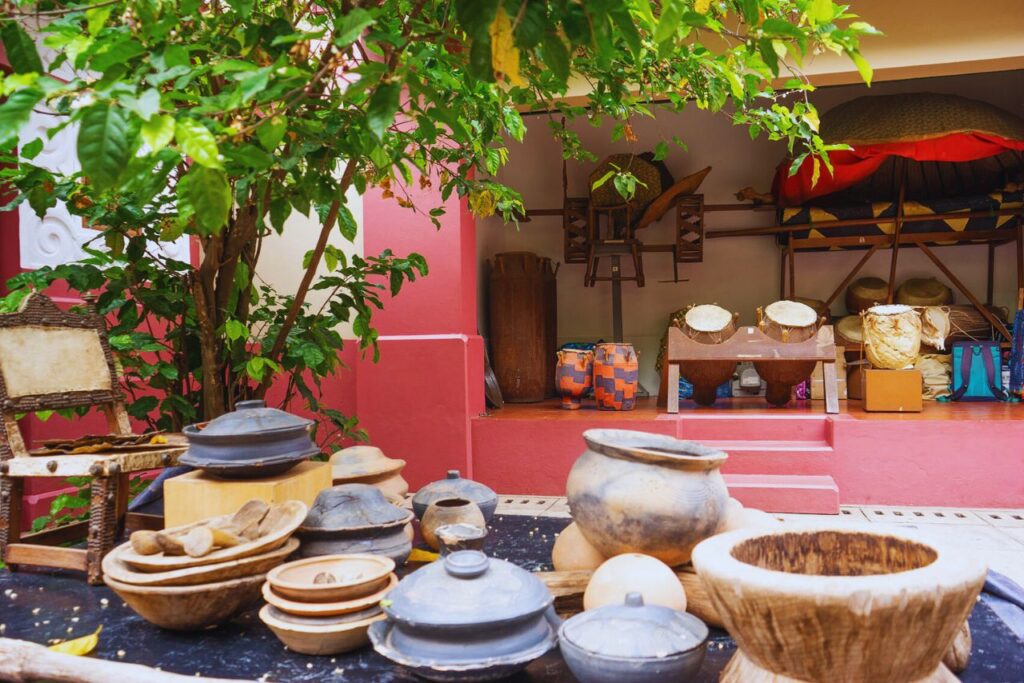
Photo source: ghana.for91days
Next, head to the Prempeh II Jubilee Museum, located within the Centre for National Culture in central Kumasi.
The museum houses royal artifacts, ancient furniture, and personal items belonging to King Prempeh II.
You’ll also find detailed displays on Ashanti traditions, from chieftaincy symbols to ceremonial clothing, giving you a deeper understanding of how history still guides daily life.
Kumasi Fort and Military Museum
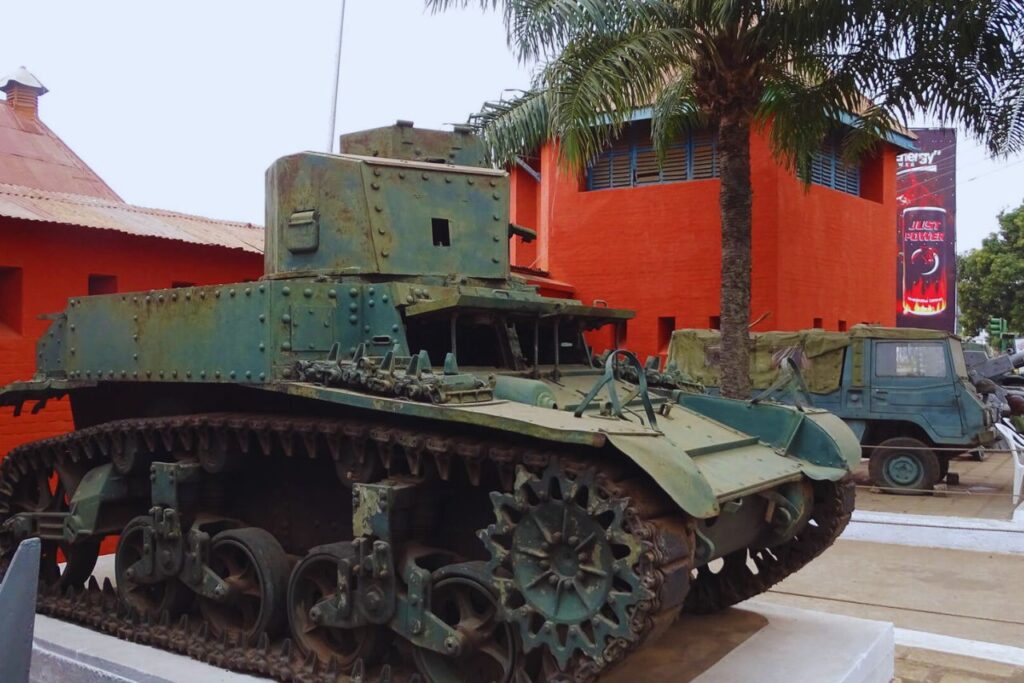
A visit to the Kumasi Fort and Military Museum reveals another side of the city’s past.
Originally built by the British in the early 1800s, the fort now serves as a museum of Ghana’s military history.
Exhibits include weapons, medals, and photographs that tell stories of both colonial struggles and Ghana’s fight for independence.
Asantemanso Village
Outside the city, explore Asantemanso Village, believed to be the ancestral home of the Ashanti people.
Local guides share oral histories about how the first Ashantis settled there before forming the great kingdom.
Ejisu-Besease Shrine
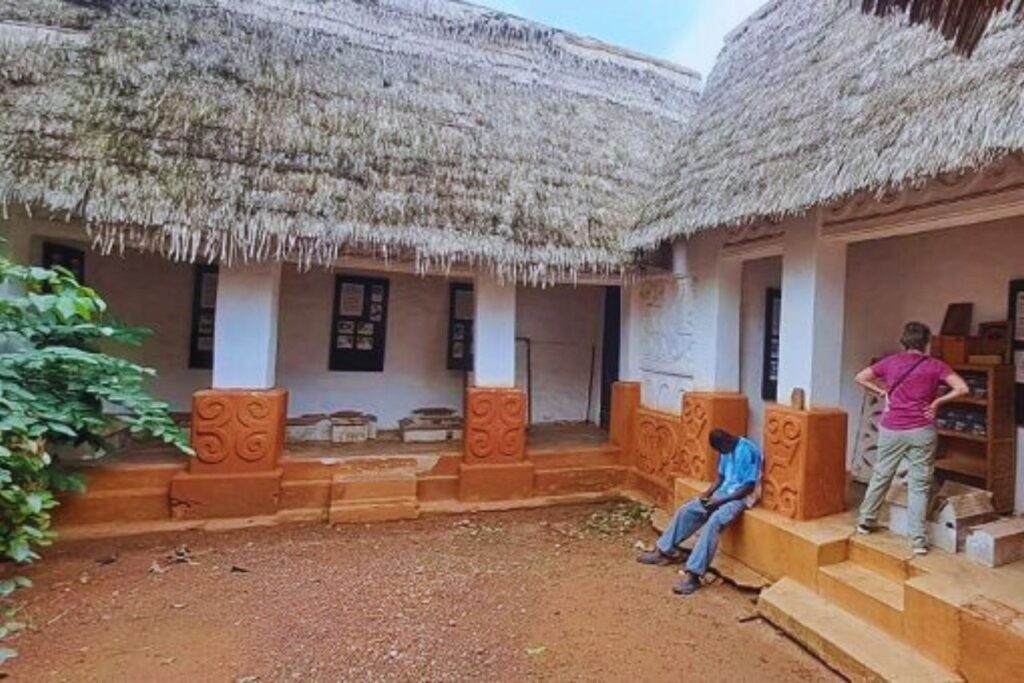
Photo source: travelghanawithbwo
The Ejisu-Besease Shrine, a UNESCO World Heritage Site, stands out for its intricate designs and sacred atmosphere.
It’s one of the few surviving examples of authentic Ashanti religious architecture.
READ ALSO: Top Hidden Gems in West Africa You Need to Visit
Where to stay
- Lancaster Kumasi City: It is centrally located.
- Royal Lamerta Hotel: It is quiet and clean.
Practical Tips & How to Make It Work
- Getting there: Kumasi has domestic flights and is about a 4-hour drive from Accra.
- Getting around: Use shared minibuses (tro-tros), taxis, or ride-hailing where available. Bargain when needed.
- Cash: Many markets and vendors only accept cash. Carry Ghana cedis.
- Bargaining: In places like Kejetia Market bargaining is expected. Be polite and enjoy the process.
- Dress & respect: At royal sites or ceremonies dress modestly. Remove hats where required and follow guidance.
- Best time to visit: Dry season (November to April) tends to be more comfortable. Rainy months can make outdoor plans tricky.
- Support local: Buy crafts directly from makers. Stay at locally owned guesthouses. Your travel becomes meaningful.
- Stay safe: As you explore lively markets and hidden lanes, keep valuables secure, and avoid walking alone late at night in unfamiliar areas.
Final Thoughts
Visiting Kumasi calls you into something rich, real and alive.
It’s a chance to walk in a city where history still matters, where art and trade pulse side by side, and where nature whispers just beyond the bustle.
You’ll carry home more than photos. Lean into the journey and let Kumasi surprise you.
The Ashanti Kingdom invites you, the markets wait to welcome you, and the traditions open their arms.

